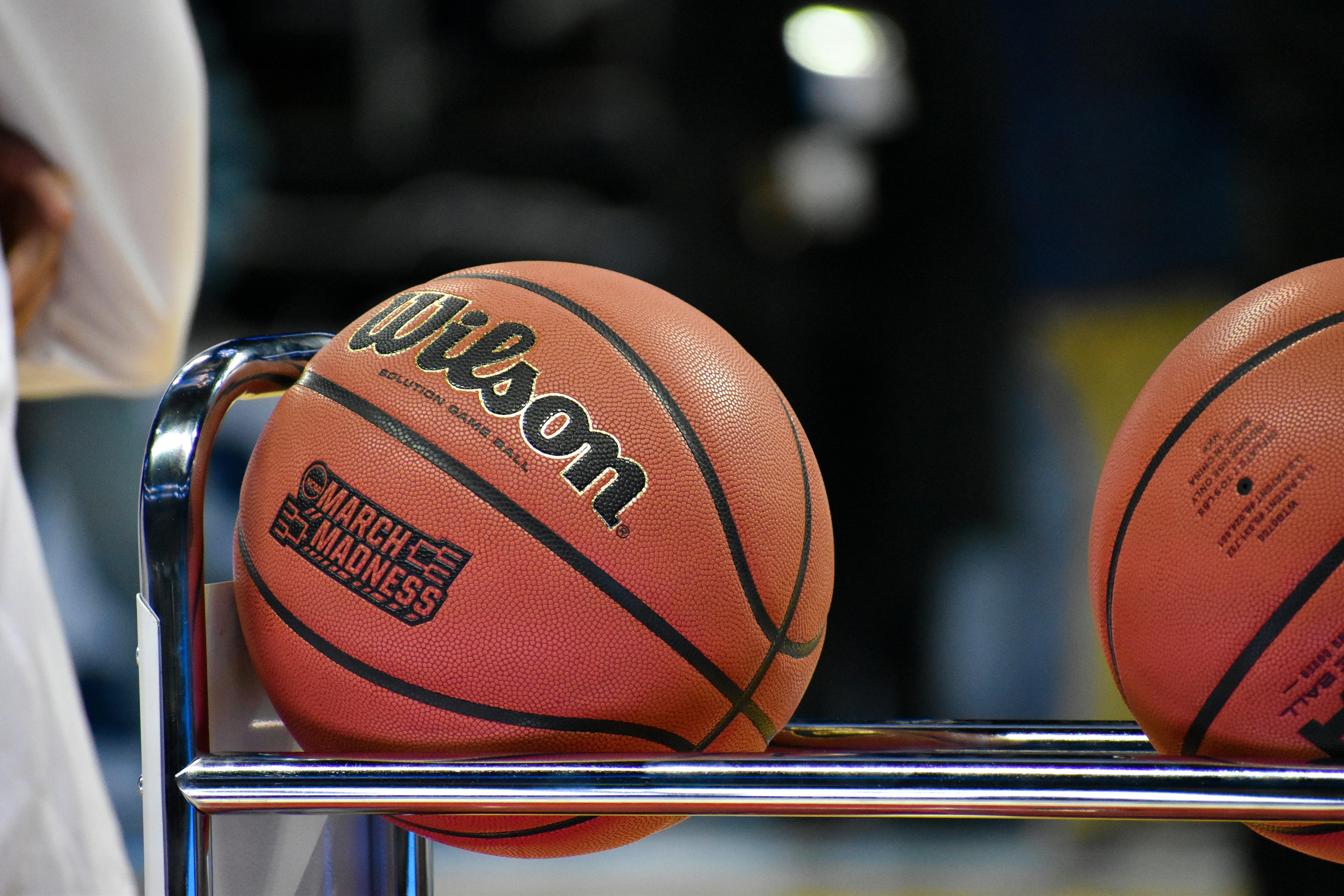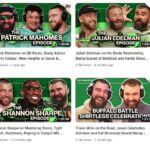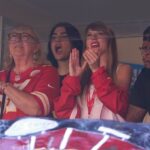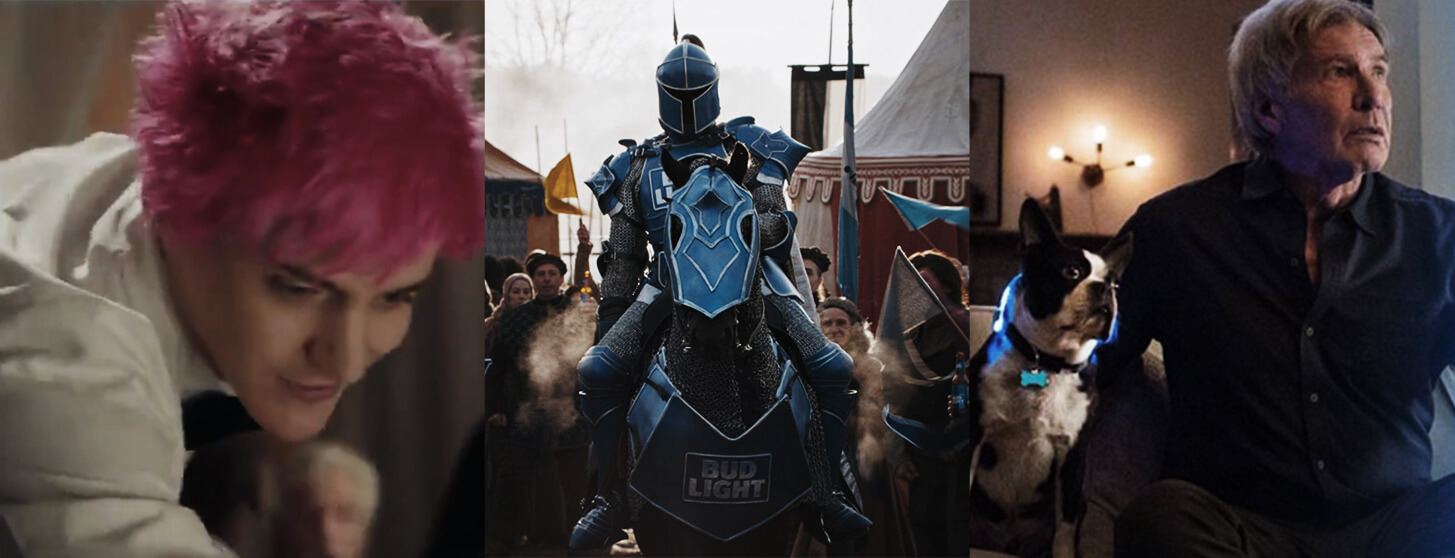
5 Marketing Trends That Emerged From the Ads of Super Bowl 53
Super Bowl LIII has come and gone. With the offense from both teams struggling to generate excitement on the field, ads were a hot topic on social while the game was going on like they are every year. Brands tried all kinds of unique ways to hit the right audiences.
While it’s up for debate which ones hit the mark, there were some trends that were common amongst more than one corporation. This included everything from brand collaboration, using artificial intelligence & technological advancement, to not even placing an ad on TV during The Big Game.
Here were five unique storylines that can be taken from brand activations from the Super Bowl. Using Zoomph’s audience analysis, we showed how it was smart for brands to activate how they did.
1. Brand Collaborations
During the Super Bowl, there were cases where brands collaborated, whether they were in the same industry or not. These sort of partnerships, especially on a massive stage like the Super Bowl, can do an excellent job of bringing together audience groups to increase reach and affinity toward your product.
T-Mobile had four ads run during the Super Bowl, one for each quarter. Featured in two of the four ads was T-Mobile Tuesdays, a day of the week where T-Mobile customers can enjoy certain perks. This includes free Taco Bell for customers on Tuesdays. Using Zoomph’s audience analysis, we found T-Mobile’s fans on social media express more positive sentiment toward Taco Bell than any other fast food restaurant.
Brand collaboration campaigns like these, when executed correctly, are exceptionally clever when it comes to customer retention and expansion and the key to unlocking the perfect formula of content strategy and marketing execution is audience analysis. If you identify the connection between both brands and give back to your fans in a way that resonates with them on an emotional level, they’ll be more likely to come back & invest more with you.

Bud Light also released four ads during the Super Bowl. While not all of them hit the mark, the inclusion of Game Of Thrones killing off “The Bud Knight” was a big hit on social media. Those talking about the Super Bowl on Twitter follow Game Of Thrones more than any other TV series while expressing more positive sentiment than negative sentiment toward it. And with branding that matches the theme of the show (knights), this collaboration made sense for a major corporation like A/B & a brand like Bud Light.
Understanding what connects with the target audience goes a long way with your messaging. If you know that your fans gravitate toward a certain kind of story or entertainment, you can craft messaging that fits it.
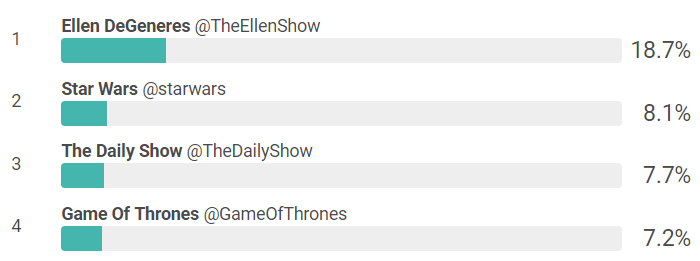
2. Incorporation of Gaming
Trying to use video games to reach a younger audience has been a strategy of the NFL all season long. This continued during The Big Game, where it played a role in many ways.
For starters, just before the halftime show, in honor of their 100th anniversary, the NFL ran a creative ad featuring players both current and past. In the ad, Ninja appeared front and center right at the beginning with wide receiver & known gamer JuJu Smith-Schuster. The NFL paired up with Epic Games earlier in the season as a way to connect with younger fans and as our data found, it was a big hit.
From brands, Microsoft and XBOX struck a chord with fans as they showcased their special controller for people who might not be able to use their normal ones. The concept of “Gaming For Everyone,” in my opinion, is an awesome one.
For Microsoft, making this move during the Super Bowl was a smart move. 8% of those talking about the Super Bowl on social media were fans of gaming, 33% greater than the NFL’s normal social audience (based on our audience data). With more gamers tuned in, these decisions were shown to work for all parties.
3. Artificial Intelligence
Robots and AI seemed to take over Super Bowl commercials in many ways. Amazon poked fun at themselves when talking about their smart products. Brands like Mercedes-Benz and Pringles utilized AI and voice commands in their advertising. Brands like Michelob Ultra and TurboTax featured robots that interacted with humans. Lastly, trailers for movies like Alita: Battle Angel were featured before the game began.
For Amazon, it was so smart of them to take advantage of the Super Bowl. People posting about the Super Bowl were 87% more likely to be tech-savvy than the average NFL fan on social media. Also, using celebrities like Harrison Ford was smart. Nearly 3% of all NFL fans on social media follow Star Wars, more than any other movie. Understanding how to feature influencers worked for them.

4. Social Storytelling
Unlike years in the past, more brands took to social media before the game itself and built a story around their brand and ad leading up to The Big Game. Brands like Stella Artois set the scene with celebrity influencers like Sarah Jessica Parker and Jeff Bridges that played their old TV and movie characters. Mr. Peanut set the scene for an ad with Alex Rodriguez by interacting with him and fans often while A-Rod posted and engaged with fans on his own channels.
For Stella Artois, this move worked. According to our data, beer drinkers on social media who are fans of movies and TV shows tend to skew older, with 40% being Gen-X or older (compared to 25% of all beer drinkers). Hence, it’s smart for Stella to use the nostalgia factor.

If you are going to invest in something as pricey as a Super Bowl commercial, make sure you back it up and set it up with a digital story. Brands like Bud Light did that all season thanks to The Bud Knight. If you don’t have that ability, understand who you are looking to target, plan the proper story ahead of time, and then build it up by tying into the right sources.
5. Non-Commercial Activations
Brands don’t have to just put on a commercial to make a difference during the Super Bowl. Skittles put on a musical in place of a commercial. Buffalo Wild Wings offered free wings to fans if the game went to overtime. Uber offered free rides to fans of the losing team for an hour after the Super Bowl. Wendy’s teamed up with HQ Trivia to offer winners free food during a halftime content.
Entrepreneur Gary Vaynerchuk has said that Super Bowl commercials should cost even more than they already do due to the attention they grab. Attention is currency for a lot of brands, as they are looking to try and capture as much of it as possible in today’s day and age.
However, if you don’t have the budget, taking a social ad-based approach, tying it in with influencers, both small and large, and putting your own spin on it can also deliver significant value.




